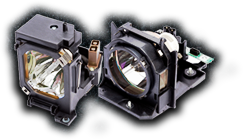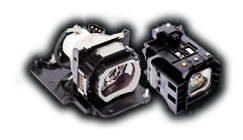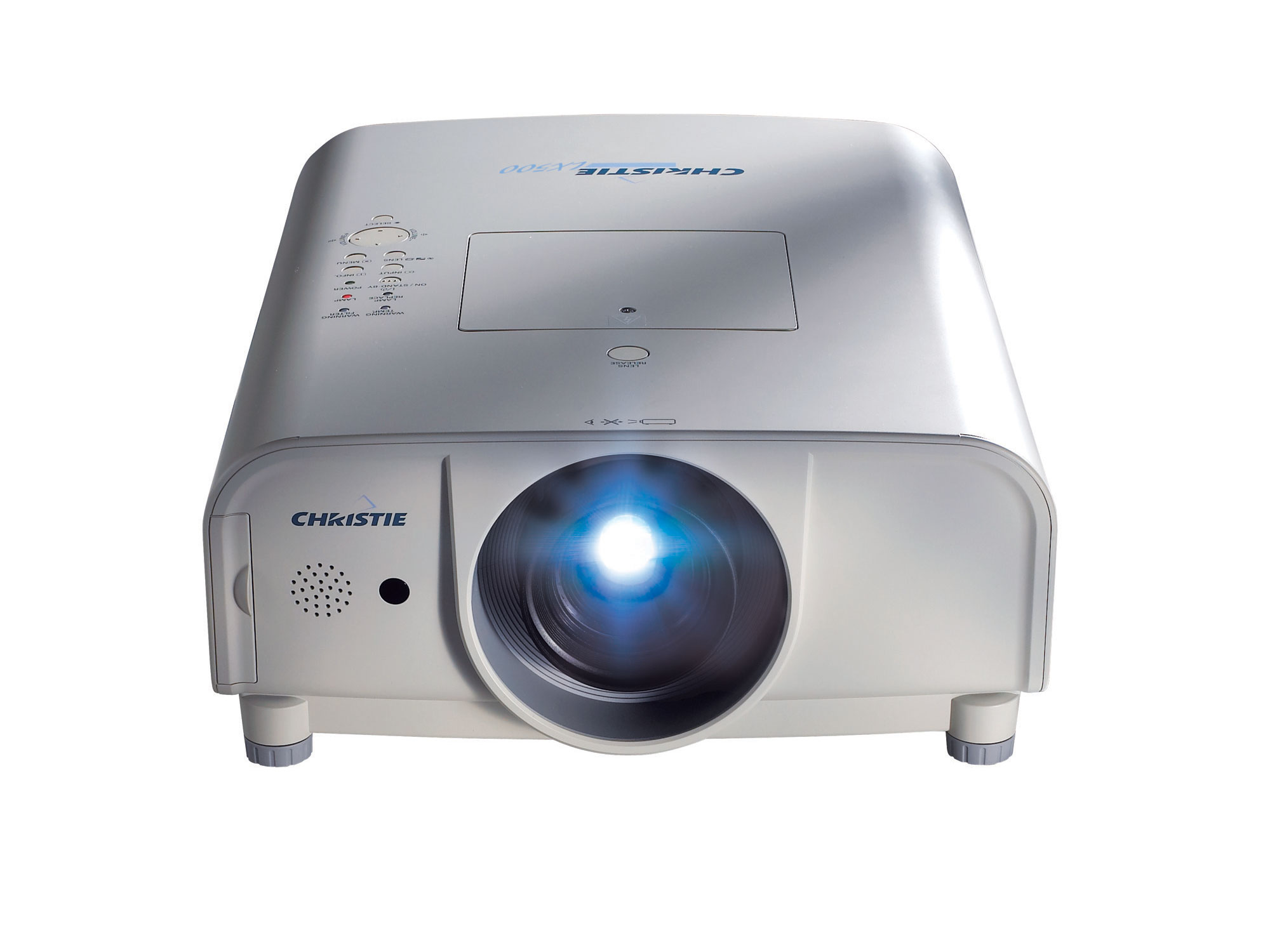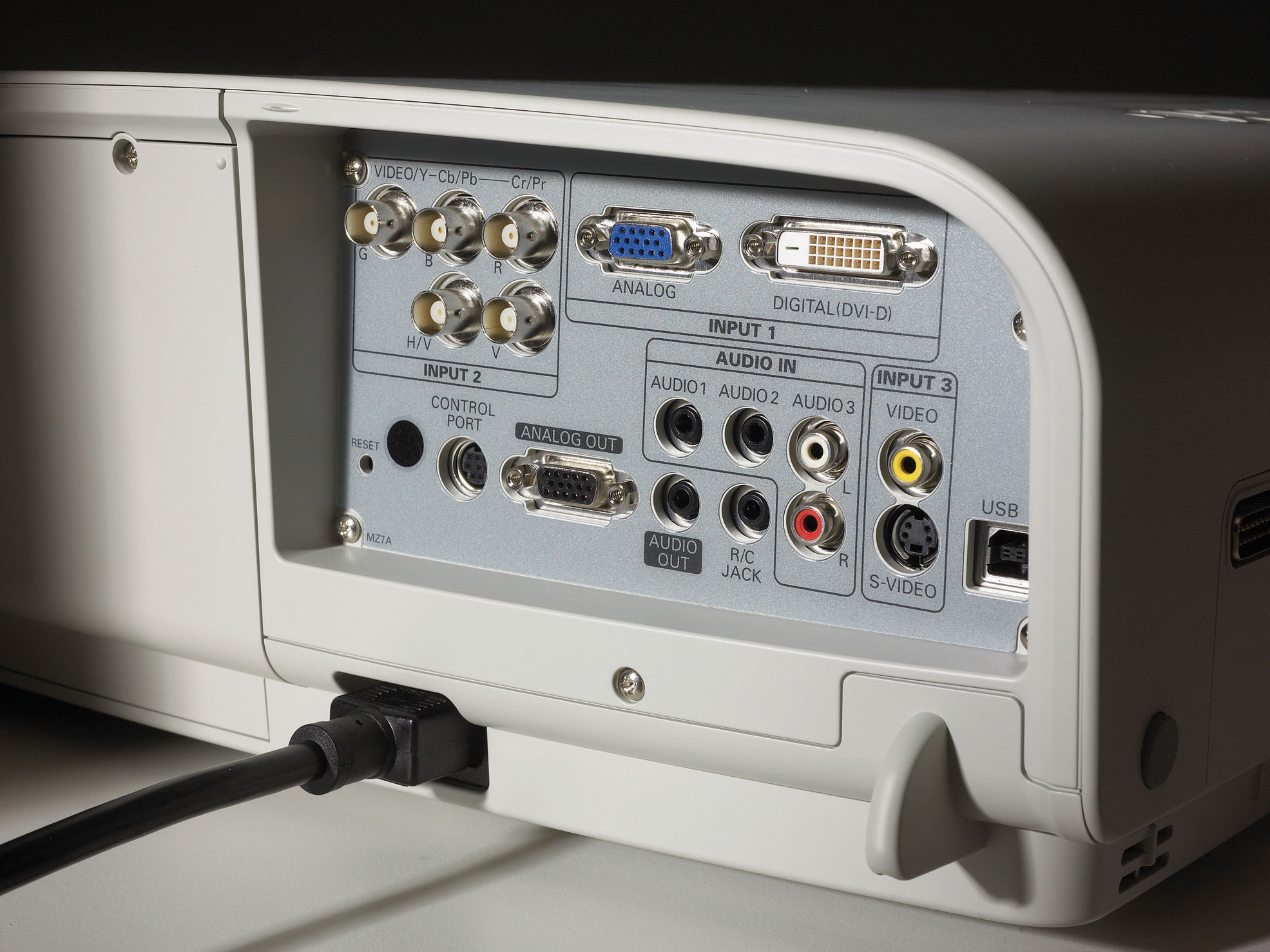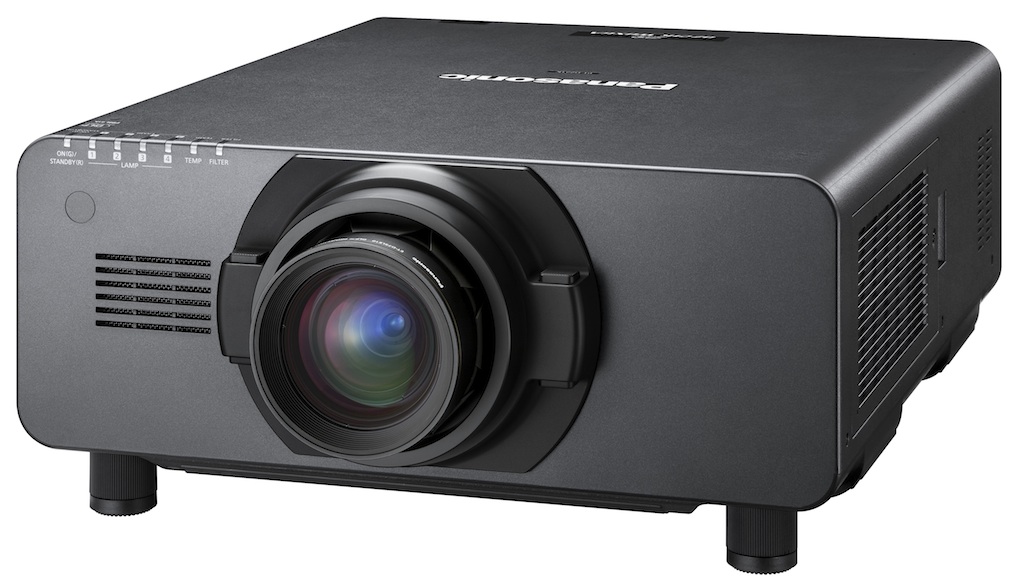The annual InfoComm Show was held last week in Orlando, Florida, and the MyProjectorLamps team was on hand. We had a great time, taking in all the demonstrations of the latest and greatest in cutting-edge A/V technology. Throughout the show, some of the most innovative, brightest and new 4K projectors were on display.
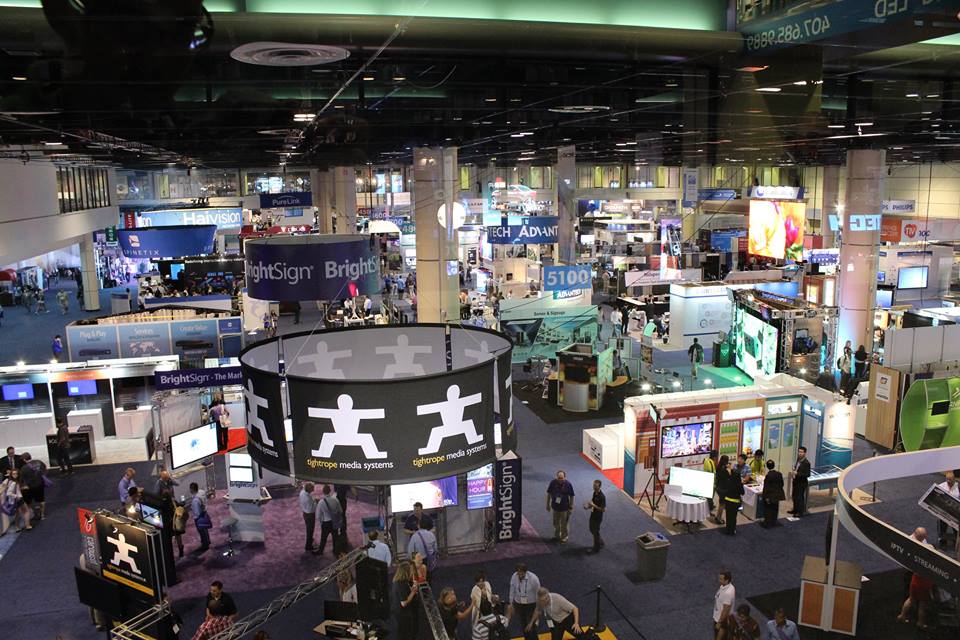
It seemed that the biggest news was generated by laser-based and 4K+ projectors. A number of manufacturers unveiled new 4K+ projectors, like Panasonic and DPI, and it appears that the higher resolution systems are a priority for most. We’re bound to see the cost of 4K projectors continue to decrease, as the technology becomes more affordable. In addition, extremely bright, laser projectors also made a big splash at InfoComm this year, like NEC’s 12,000-lumen PH1202HL and the DPI’s 12,000-lumen 4K setup. Here are a few highlights:
- NEC unveiled the PH1202HL projector, which is a laser/phosphor light source, 1080p resolution projector. The most impressive spec: The PH1202HL casts a 12,000-lumen image with a 10,000:1 contrast ratio. Plus, the lamp-less projector has a 20,000-hour life on the laser light source.
- Christie unveiled a small, ultra-short-throw projector, the Digital Captiva DUW350S, which utilizes a 1DLP imaging system. The projector’s output is 3,500 lumens and its ultra-short-throw ratio of .25:1 helped the project nab a “Best in Show” award, from Governmental Video. This was the first time Christie demonstrated their Captiva lens.
- DPI released a new 4K projector, the INSIGHT 4K Laser, which earned a “Best in Show” award from AVNetwork. The projector casts a 12,000-lumen image in Full 4K resolution; both of these specs were cited as reasons for the award. During a demonstration, the INSIGHT created an incredibly color-saturated, high-def image.
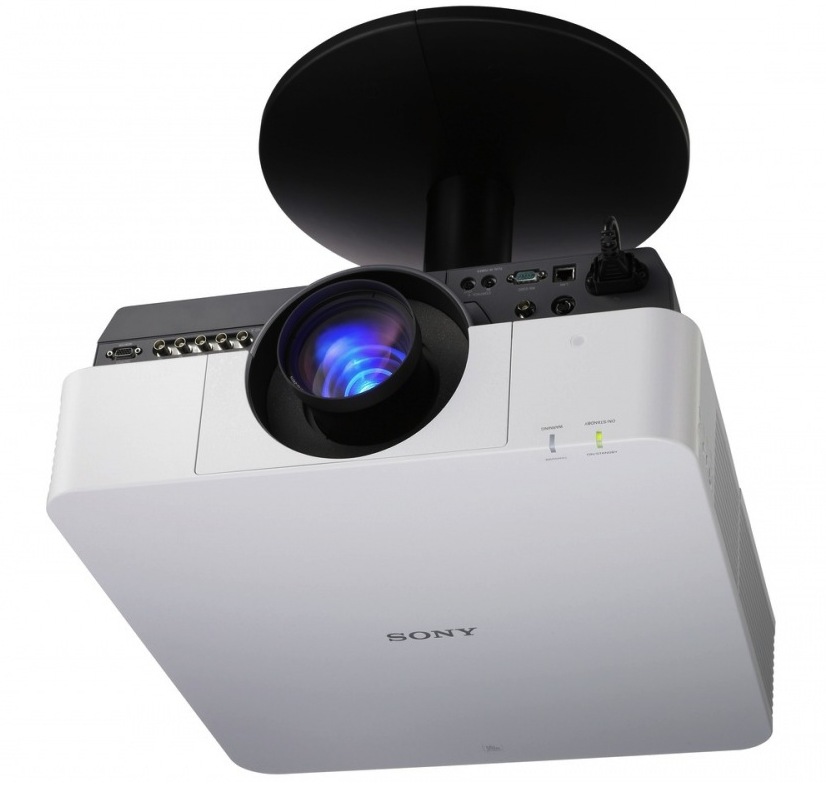
Sony VPL-GTZ270
- Sony used InfoComm to announce and show off a pair of new laser-based 4K projectors. Both get incredibly long lives from their light sources: 20,000 hours in standard mode and 40,000 hours in eco mode. These are powerful, professional setups. The VPL-GTZ270 is designed for “entertainment venues,” like theme parks and planetariums. And the VPL-GT280 is designed to be used for simulations. Both produced incredible images during two different demonstrations.
- Another 4K projector released at InfoComm, the Panasonic PT-RQ13KU creates an image beyond 4K at a resolution of 5,120 X 3,200. Panasonic says the projector is “the most compact and lightweight 4K+ 3-chip DLP laser projector in the world.” Some specs: The brightness is rated at 10,000 lumens with a 20,000:1 contrast ratio. The projector also used horizontal and vertical pixel shift at a frame rate of 240 Hz, which boosts the overall image quality and quadruples pixel density.
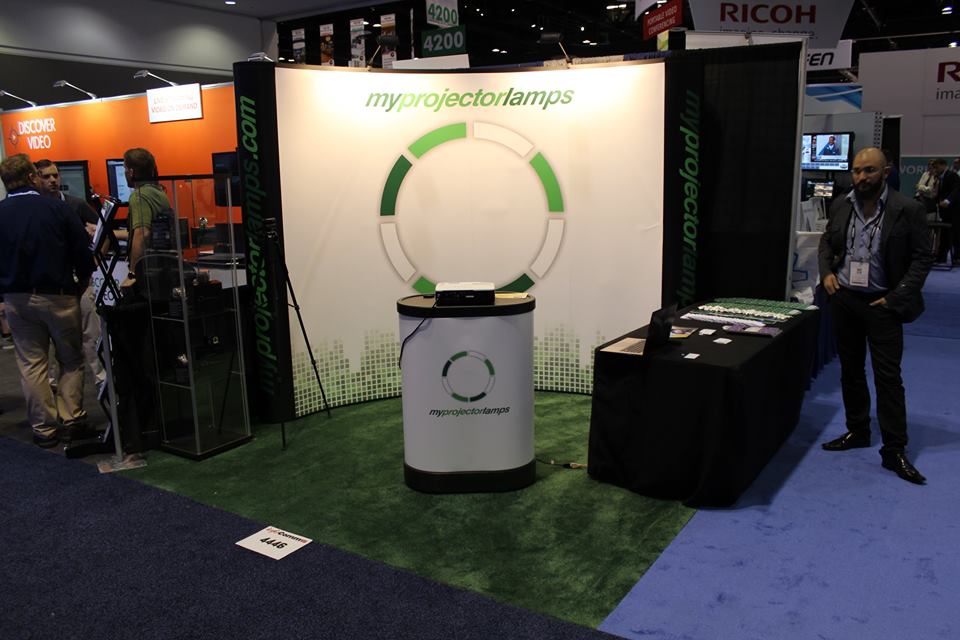
MyProjectorLamps Booth at Infocomm 2015
These were just a few highlights from InfoComm 2015. It was an incredible show, with tons of great A/V technology. We’re already looking forward to attending next year.
